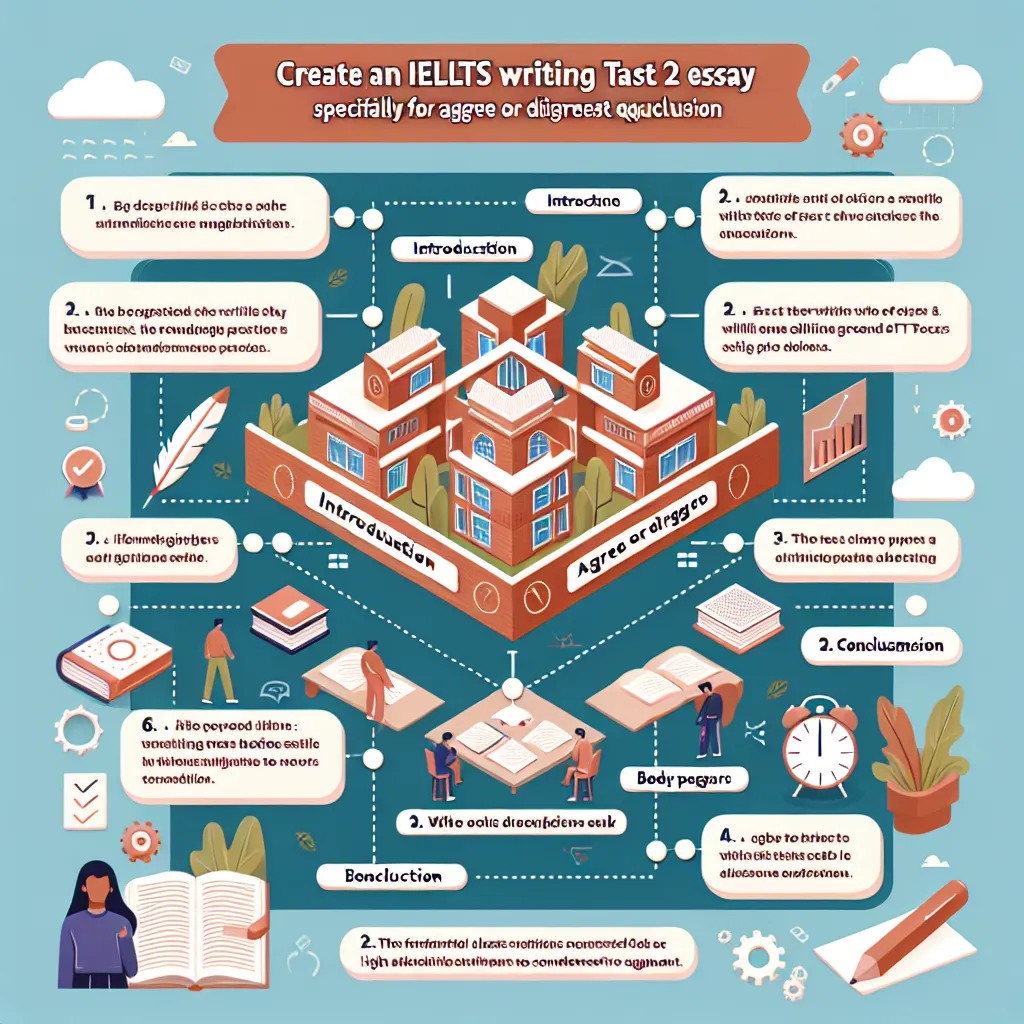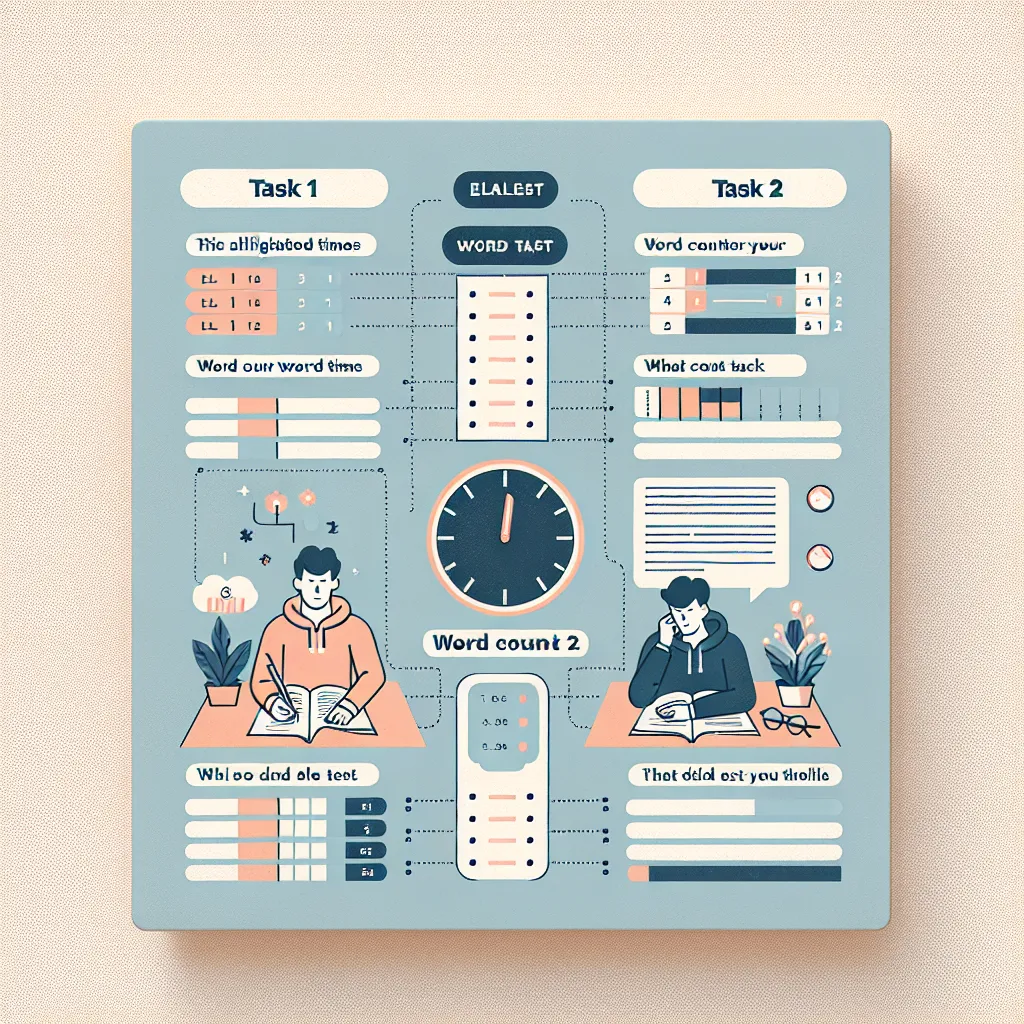Are you preparing for the IELTS Writing task and feeling uncertain about how to tackle agree or disagree questions? You’re not alone. Many test-takers find these types of questions challenging, but with the right approach, you can master them and boost your score. In this comprehensive guide, we’ll explore effective strategies to help you confidently answer agree or disagree questions in IELTS Writing.
Understanding Agree or Disagree Questions
Agree or disagree questions are a common type of task in IELTS Writing Task 2. These questions present a statement and ask you to express your opinion on whether you agree or disagree with it. It’s crucial to understand the nature of these questions to formulate a clear and well-structured response.
 IELTS Writing Task
IELTS Writing Task
Key Features of Agree or Disagree Questions
- Statement presentation: The question will provide a statement on a particular topic.
- Opinion request: You’ll be asked to agree or disagree with the statement.
- Justification expectation: You need to support your opinion with reasons and examples.
Strategies for Answering Agree or Disagree Questions
To excel in answering these questions, follow these proven strategies:
1. Analyze the Question Carefully
Before you start writing, take a few minutes to break down the question:
- Identify the topic
- Understand the statement’s main idea
- Determine your stance (agree, disagree, or partially agree)
2. Choose Your Position
Decide whether you:
- Completely agree
- Completely disagree
- Partially agree (agree with some aspects and disagree with others)
Your choice should be based on your ability to support it with strong arguments and examples.
3. Plan Your Essay Structure
Organize your essay into a clear structure:
-
Introduction:
- Paraphrase the question
- State your position clearly
-
Body Paragraphs (2-3):
- Each paragraph should focus on one main idea
- Provide reasons and examples to support your stance
-
Conclusion:
- Summarize your main points
- Restate your position
4. Develop Strong Arguments
To support your position effectively:
- Use specific examples from personal experience, current events, or history
- Explain the logical reasoning behind your arguments
- Consider counterarguments and address them
5. Use Appropriate Language
Employ a range of vocabulary and grammatical structures to express your opinion:
- Opinion phrases: “In my view,” “I believe that,” “From my perspective”
- Contrast language: “On the other hand,” “However,” “Nevertheless”
- Conclusion markers: “In conclusion,” “To sum up,” “Overall”
 IELTS Essay Structure
IELTS Essay Structure
Common Mistakes to Avoid
Be aware of these pitfalls when answering agree or disagree questions:
- Sitting on the fence: Avoid being indecisive. Choose a clear position and stick to it.
- Neglecting examples: Always support your arguments with specific examples.
- Overcomplicating your stance: If you partially agree, make sure your position is clear and consistent throughout the essay.
- Ignoring the word count: Aim for at least 250 words, but don’t write excessively long essays.
- Using informal language: Maintain a formal tone throughout your response.
Practice Exercises
To improve your skills in answering agree or disagree questions, try these exercises:
- Timed practice: Give yourself 40 minutes to write a full essay on an agree or disagree question.
- Outline creation: Practice creating quick outlines for various agree or disagree topics.
- Example generation: For each topic, brainstorm relevant examples you could use in your essay.
- Peer review: Exchange essays with a study partner and provide feedback to each other.
Next Steps
Now that you understand how to approach agree or disagree questions in IELTS Writing, it’s time to put your knowledge into practice:
- Regularly practice writing essays on diverse topics.
- Seek feedback from teachers or experienced IELTS tutors.
- Read sample high-scoring essays to understand what examiners are looking for.
- Take mock tests to familiarize yourself with the exam conditions.
Remember, mastering agree or disagree questions is a key step towards achieving your desired IELTS score. With consistent practice and application of these strategies, you’ll be well-prepared to tackle any agree or disagree question that comes your way in the IELTS Writing task.
By following this comprehensive guide, you’re now equipped with the knowledge and strategies to confidently answer agree or disagree questions in IELTS Writing. Keep practicing, stay focused, and you’ll see improvement in your writing skills and overall IELTS performance. Good luck with your preparation!




